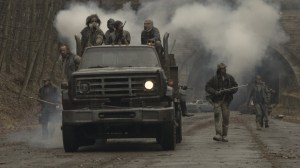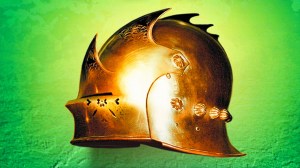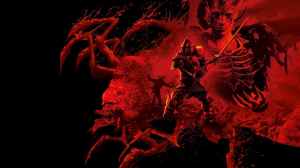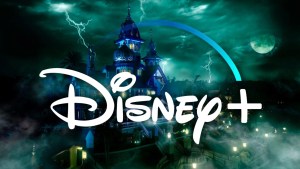For the better part of three decades, the DC cinematic landscape was a kingdom ruled by Superman and Batman. Following the groundbreaking success of Richard Donner’s Superman in 1978 and Tim Burton’s Batman a decade later, these characters became the sole pillars of the brand’s live-action efforts. As a result, their respective rogues’ galleries, from Gene Hackman’s charismatic Lex Luthor to Jack Nicholson’s maniacal Joker, became the definitive on-screen representations of DC villainy, shaping the public’s perception for a generation. Sadly, for a while, the worlds of Gotham City and Metropolis were the only ones that mattered, leaving the vast pantheon of DC’s other heroes and villains waiting in the wings for their chance at cinematic glory.
Videos by ComicBook.com
The 21st century brought ambitious attempts to change that dynamic, most notably with the creation of the DC Extended Universe. This project sought to build an interconnected saga of gods and monsters, finally bringing characters like Wonder Woman (Gal Gadot) and Aquaman (Jason Momoa) to the forefront. However, the DCEU’s divisive tone, coupled with creative inconsistencies and executive interference, led to the experiment’s eventual collapse. Now, a new DC Universe is taking shape under fresh leadership, promising a more cohesive and celebrated vision for these characters. Still, even as the DC cinematic world expands, a look back at the villains who have been adapted most often reveals a persistent truth, as the enemies of Batman and Superman still dominate the big screen.
1) The Joker

No villain has inspired more diverse cinematic interpretations than the Clown Prince of Crime. Cesar Romero first brought the character’s chaotic energy to the big screen in the 1966 Batman film, presenting a gleeful prankster whose crimes were more theatrical than terrifying. Decades later, Jack Nicholson’s Joker in Batman blended Romero’s showmanship with the chilling cruelty of a seasoned gangster. In the modern era, Jared Leto, Joaquin Phoenix, and Barry Keoghan have all offered unique takes, from a tattooed crime lord to a broken man’s psychological descent.
Despite this incredible gallery of performances, Heath Ledger’s portrayal in The Dark Knight remains the gold standard. He transformed the Joker from a mere comic book villain into an elemental force of anarchy, an unknowable agent of chaos who single-handedly reshaped the genre. Ledger’s performance was a cultural phenomenon that transcended the film, creating the definitive version of the Joker in movies.
2) Lex Luthor

Superman’s greatest nemesis has evolved on screen from a comical egomaniac to a neurotic tech mogul, but no portrayal has felt as truly dangerous as Nicholas Hoult’s in Superman. Gene Hackman’s classic take was a brilliant but theatrical criminal mastermind, more concerned with real estate than world domination. After that, Kevin Spacey offered a crueler version of that same archetype. Finally, Jesse Eisenberg’s radical reinvention in Batman v Superman: Dawn of Justice was a divisive portrait of a psychologically fractured prodigy.
Hoult, however, delivered the Lex Luthor from the modern comics: a cold, calculating, and terrifyingly charismatic titan of industry. His Luthor is a public benefactor and a private monster, whose hatred for Superman (David Corenswet) stems from a chillingly narcissistic belief that he is humanity’s true savior. Plus, he is a legitimate threat, making him the definitive and most formidable version of the character.
3) Catwoman
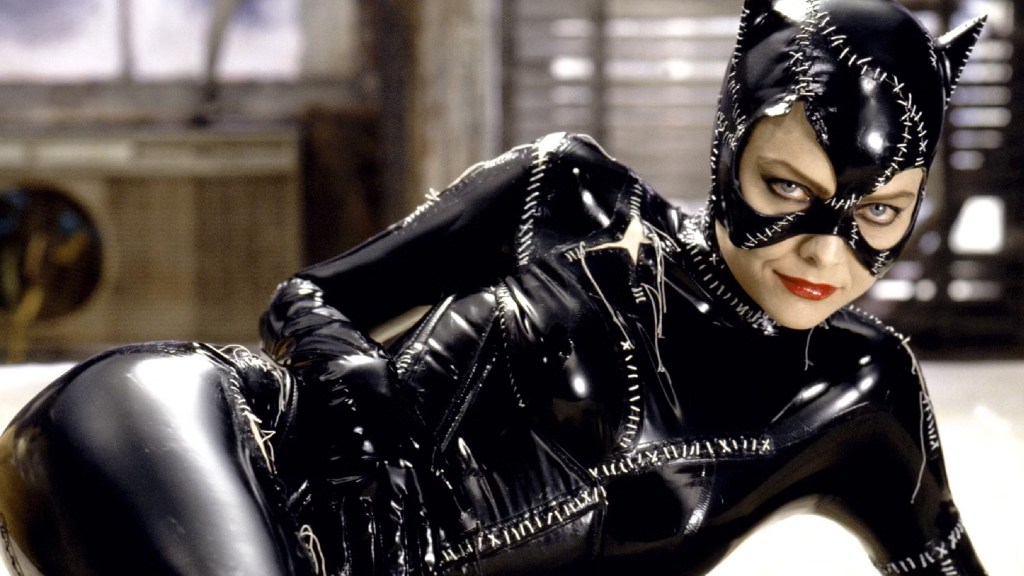
Prowling the line between villain, hero, and romantic interest, Selina Kyle has been one of Gotham’s most captivating cinematic figures. Lee Meriwether gave the character a classic debut in the 1966 Batman movie, while Anne Hathaway delivered a sleek and pragmatic interpretation in The Dark Knight Rises. More recently, Zoë Kravitz offered a raw take in The Batman, portraying a Selina still finding her way. For all their strengths, none have matched the unhinged energy of Michelle Pfeiffer in Batman Returns.
Pfeiffer’s transformation from the meek secretary Selina Kyle into the vengeful and psychologically fractured Catwoman is lightning in a bottle. Pfeiffer was simultaneously tragic, seductive, and genuinely dangerous, creating a complex and unforgettable character whose electrifying presence has yet to be surpassed. Her performance remains the most dynamic and definitive version of the feline femme fatale.
4) General Zod

As a Kryptonian zealot with all of Superman’s powers but none of his restraint, General Zod is the hero’s ultimate physical challenge. Terence Stamp first embodied the character’s aristocratic arrogance in Superman II, his demand that the world “Kneel before Zod!” becoming legendary. In Man of Steel, Michael Shannon offered a far more complex and ferocious interpretation. His Zod was not just a would-be dictator but a genetically engineered soldier fighting a tragic and desperate war to save his people from extinction. This motivation gave the character a renewed intensity that made his conflict with Superman (Henry Cavill) deeply personal. While Stamp’s performance is iconic, Shannon’s patriotic fanaticism and tragic depth created a more compelling and terrifying villain, making him the superior portrayal.
5) The Riddler

Batman’s intellectual nemesis has appeared in several wildly different forms, with Frank Gorshin’s hyperactive portrayal in the 1966 Batman film setting a high bar for manic energy. Jim Carrey pushed that energy even further in Batman Forever, turning Edward Nygma into a flamboyant and cartoonish figure of pure id. In addition, Paul Dano completely reinvented the character for The Batman, transforming him into a terrifyingly realistic serial killer inspired by the Zodiac.
Dano’s performance was a brilliant and chilling reimagining, but it was so far removed from the source material that it felt like a different character entirely. For that reason, Gorshin’s take remains the best. He perfectly captured the core of the Riddler from the comics: a gleeful, narcissistic genius who is dangerously obsessed with outsmarting his opponent. Plus, Gorshin’s ability to switch from giddy laughter to genuine menace made him the most entertaining version of the puzzle-obsessed villain.
6) The Penguin

Gotham’s most famous flightless bird has been one of its most visually distinct cinematic villains. Burgess Meredith, in the 1966 Batman movie, established the signature squawking laugh and waddling gait, playing Oswald Cobblepot as a classic criminal armed with trick umbrellas. Tim Burton and Danny DeVito took a monstrously different approach in Batman Returns, reimagining him as a grotesque sewer-dwelling outcast with a horrifying backstory.
While DeVito’s performance is a gothic masterpiece, Colin Farrell’s recent turn in The Batman is the definitive version. Completely unrecognizable under prosthetics, Farrell portrays “Oz” as an ambitious mob enforcer. He is genuinely menacing and surprisingly charismatic, a believable criminal on the rise. The performance was so compelling that it spawned its own spinoff series, The Penguin, allowing for a deep dive into the character’s psychology and ascent to power that no other version has been afforded.
7) Harley Quinn
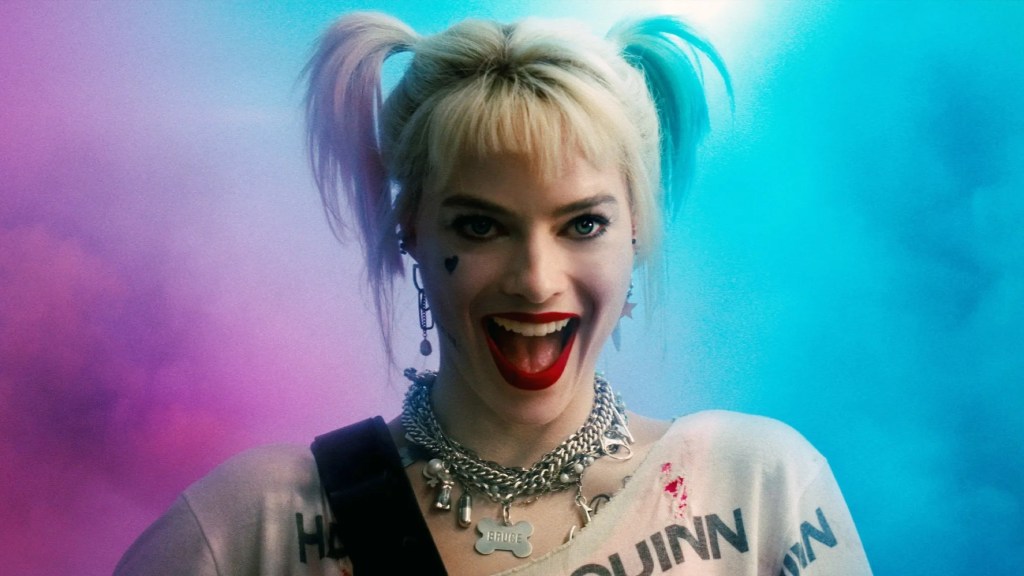
No modern DC character has had a more explosive big-screen debut than Harley Quinn. Margot Robbie has owned the role across three films, charting a fascinating evolution from the Joker’s abused sidekick in Suicide Squad to a fully independent force of nature. While she has been a consistent highlight, her performance in Birds of Prey stands as her best work. Freed from the shadow of the Joker, Robbie was able to explore every facet of Harley’s chaotic personality, blending her trademark mania with surprising moments of vulnerability and brilliant insight.
Birds of Prey allowed Harley to be the hero of her own story, and Robbie’s vibrant, hilarious, and emotionally resonant performance solidified this as the definitive live-action take on the character so far. A bold new interpretation arrived with Lady Gaga in the jukebox musical Joker: Folie à Deux. While Gaga’s committed performance was praised, the film’s unconventional approach and underdeveloped characterization left many critics and fans disappointed, which means Robbie still holds the crown.
8) Two-Face

The tragic tale of Harvey Dent is a cornerstone of Gotham’s mythology, but it took time to get it right on screen. Billy Dee Williams’ brief turn as the D.A. in Batman was full of unrealized potential, while Tommy Lee Jones’ version in Batman Forever was a one-dimensional caricature that completely missed the tragedy of the character. Most recently, Harry Lawtey appeared as a young, ambitious Assistant D.A. in Joker: Folie à Deux, reduced to a background character with no real importance to the plot. It was Aaron Eckhart in The Dark Knight who delivered the definitive portrayal.
Eckhart masterfully depicted Dent’s entire arc, first as Gotham’s charismatic “White Knight” and then as the vengeful monster consumed by grief and chance. The film treats his fall as its central tragedy, giving the character a weight that no other version has come close to matching. Eckhart’s performance was heartbreaking and terrifying, cementing his Two-Face as the only one that truly matters.
9) Bane

The first cinematic appearance of Bane in Batman & Robin was an infamous disaster, reducing the brilliant strategist from the comics to a mindless henchman played by Robert Swenson. The character was in desperate need of redemption, and he received it with Tom Hardy’s portrayal in The Dark Knight Rises.
Hardy reinvented Bane as a terrifying revolutionary, a brilliant tactician whose imposing physicality was matched by his cunning intellect and cult-leader charisma. Despite his face being hidden behind a mask, Hardy delivered a performance of immense power, using his voice and body language to create a villain who was both a physical and ideological threat to Batman. While controversial on its own, this take was a powerful interpretation that stands as the best version of the character by a wide margin.
10) Amanda Waller

As the calculating mind behind Task Force X, Amanda Waller has been expertly portrayed in live-action by Viola Davis. She has consistently embodied the character’s signature ruthlessness across her appearances in Suicide Squad and Black Adam. However, her best and most terrifying work came in James Gunn’s The Suicide Squad. This film unleashed Waller completely, stripping away any pretense of bureaucracy and showcasing her as an unapologetic pragmatist. Davis was utterly commanding in that movie, portraying a Waller willing to murder her own subordinates to maintain control and achieve her mission. The Suicide Squad was in this film that she felt the most dangerous, a true force of nature who could go toe-to-toe with any supervillain through sheer force of will.
11) Carmine Falcone
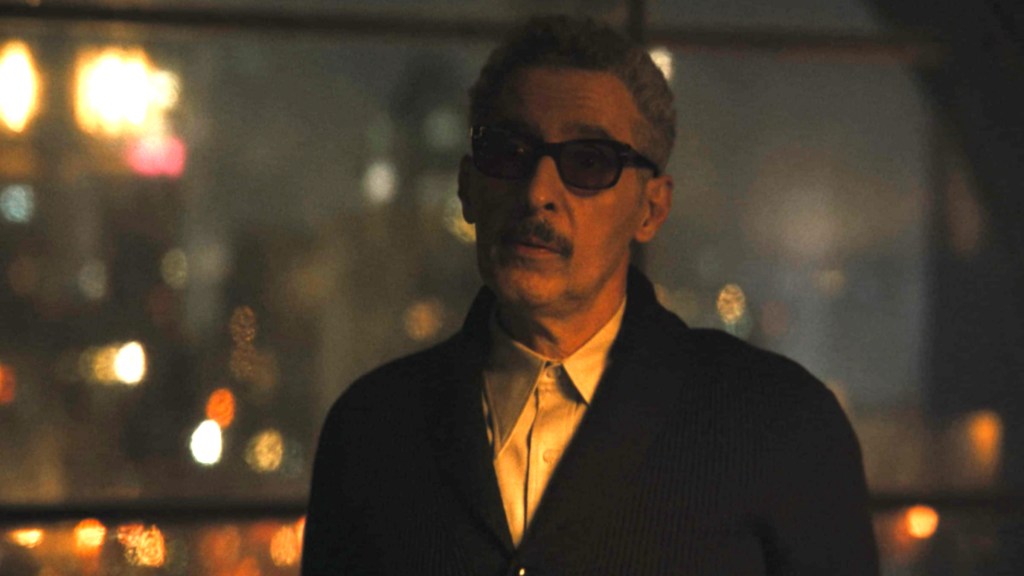
As the mob boss who represents Gotham’s systemic corruption, Carmine “The Roman” Falcone has been brought to life by two fantastic actors. In Batman Begins, Tom Wilkinson played Falcone as an old-school mafia don. He was arrogant, powerful, and utterly in control of his city, a man who saw Bruce Wayne (Christian Bale) as nothing more than a spoiled child.
In The Batman, John Turturro offered a different take on the villain. His Falcone was a quiet, almost sleazy figure whose power felt more insidious. He was a whisper in the shadows, an unsettlingly calm presence whose menace was conveyed through subtle threats and a chillingly soft-spoken demeanor. While Wilkinson was excellent, Turturro’s performance was a standout, creating a far creepier villain whose hidden connections to the city’s history made him a truly unforgettable threat.
12) Steppenwolf
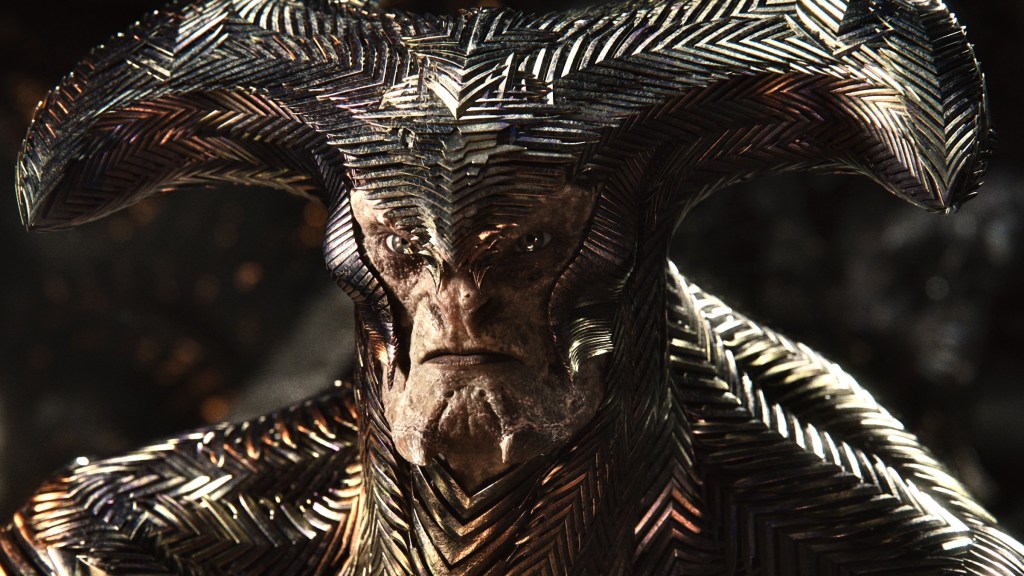
The New God Steppenwolf served as the primary antagonist of Justice League, but the quality of his portrayal differs dramatically between the film’s two versions. In the 2017 theatrical cut, the character, voiced by Ciarán Hinds, was a bland CGI creation with a generic design and unclear motivations. He was a forgettable obstacle for the heroes to punch. The release of Zack Snyder’s Justice League in 2021 presented a vastly superior iteration.
Restoring the character’s original alien design was a major improvement, but the biggest change in Zack Snyder’s Justice League was to his motivation. This Steppenwolf was a disgraced exile, desperately seeking to conquer Earth to earn his way back into the good graces of his master, Darkseid. This added a layer of tragic desperation that made him a far more compelling and threatening villain, making the Snyder Cut version the unquestionably best take on the character.
Which DC villain do you think deserves another shot on the big screen? Leave a comment below and join the conversation now in the ComicBook Forum!


